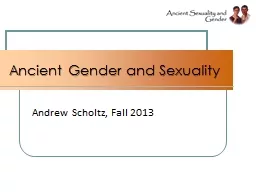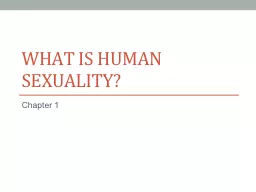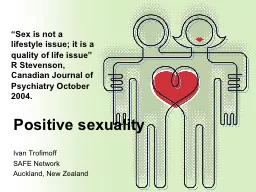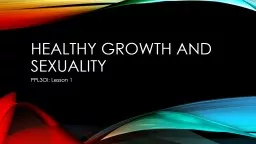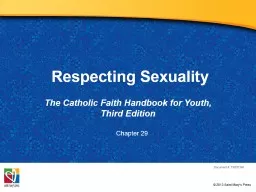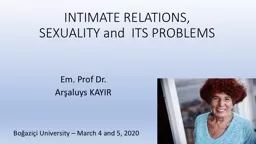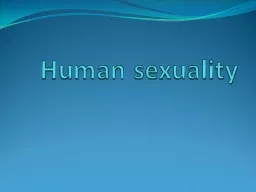PPT-Module 15 Human Sexuality
Author : marina-yarberry | Published Date : 2018-10-06
Josef F Steufer Getty Images Asexuality is having no sexual attraction to others Sex hormones are one of the forces that drive sexual behavior Testosterone
Presentation Embed Code
Download Presentation
Download Presentation The PPT/PDF document "Module 15 Human Sexuality" is the property of its rightful owner. Permission is granted to download and print the materials on this website for personal, non-commercial use only, and to display it on your personal computer provided you do not modify the materials and that you retain all copyright notices contained in the materials. By downloading content from our website, you accept the terms of this agreement.
Module 15 Human Sexuality: Transcript
Download Rules Of Document
"Module 15 Human Sexuality"The content belongs to its owner. You may download and print it for personal use, without modification, and keep all copyright notices. By downloading, you agree to these terms.
Related Documents




